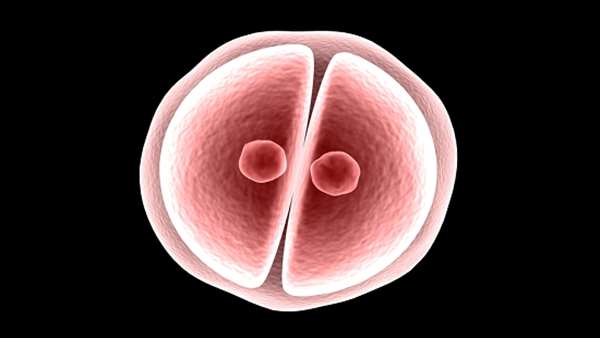Stem Cell-derived Blastocysts Push Early Embryo Research Forward
Current research into the early mammalian embryo, or blastocyst, suffers from the lack of a model system that allows the precise analysis of the developmental processes involved and the interactions between embryonic and extra-embryonic tissues. However, a Nature study led by Nicolas C. Rivron (Maastricht University,
Current research into the early mammalian embryo, or blastocyst, suffers from the lack of a model system that allows the precise analysis of the developmental processes involved and the interactions between embryonic and extra-embryonic tissues. However, a Nature study led by Nicolas C. Rivron (Maastricht University, The Netherlands) recently reported that the induced “cooperation” of trophoblast and embryonic stem cells in vitropermits the formation of a “blastoid” that resembles very early blastocysts, recapitulates trophectoderm development, and can be implanted in utero [1].
Here are the key points from this exciting new study by Rivron et al.:
· To form blastoids that morphologically and transcriptionally resembled embryonic day 3.5 blastocysts, the authors overlaid non-adherent aggregates of embryonic stem cells (ESCs) [2, 3] with trophoblast stem cells (TS cells)
o cAMP and WNT pathway stimulation increased blastoid formation efficiency to 70% employing a ratio of eight ESCs to twenty TS cells
· The blastoid environment maintained the developmental potential of both lineages
· Analysis of blastoids indicated that embryonic cells promoted the proliferation and self-renewal of the trophoblast, employing the BMP4/Nodal–KLF6 signaling axis to control trophoblast epithelial morphogenesis
· In addition to undergoing proper trophectoderm development, transfer into the uterus of pseudo-pregnant mice determined that blastoids can undergo various critical stages of uterine implantation
o Of note, the blastoids did not support the development of “bona fide” embryos
The authors hope that their findings will yield significant insights into the process of fertilization and early development and they hope that this model system will also help to discover how processes in the embryo contribute to disease in the adult.
For more on how stem cell-derived blastocysts may be able to propel embryo research forward, stay tuned to the Stem Cells Portal.
Reference:https://www.nature.com/articles/s41586-018-0051-0





ارسال به دوستان